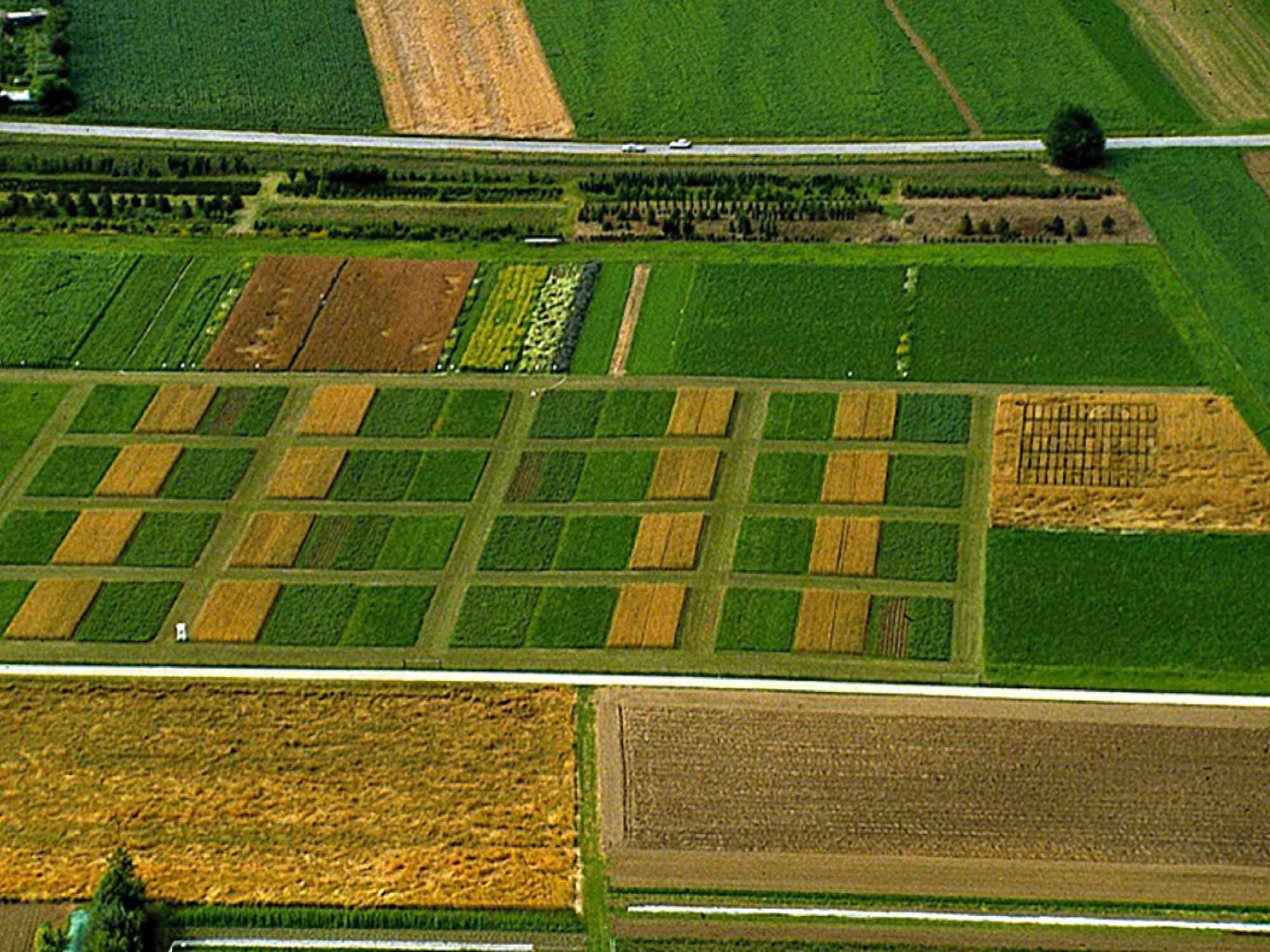Leimental, Switzerland. A summary of the unique agriculture research project.
The DOK experiment is a long-term study that has been coordinated by the Research Institute of Organic Agriculture (Forschungsinstitut für biologischen Landbau), the Swiss Agroscope, and other partner organizations since 1978. In 96 fields in Leimental, near Basel, three different agricultural systems are being compared: dynamic (D), organic (O), and conventional (K). Dynamic stands for biodynamic agriculture, the organic system includes typical organic farming methods, and conventional refers to agriculture that uses artificially produced fertilizers and pesticides.
All the plots have the same selection of cultivated varieties, including wheat, maize, soybeans, and potatoes, and the same crop rotation and soil management methods. However, the type and quantity of fertilizer used and the plant protection measures differ significantly. The dynamic fields are fertilized with composted manure, and the organic fields are fertilized with rotten manure. Some conventional plots receive a mixture of rotten manure and mineral fertilizer, and some only receive mineral fertilizer. Weed control on the dynamic and organic fields is exclusively mechanical; pest control is only carried out with organic preparations and, in the dynamic plots, also with biodynamic preparations. The conventional fields, on the other hand, are treated with synthetic chemicals.
The results are clear. The long-term study in the Leimental shows that soil fertility in the conventional fields has decreased over a period of 42 years, while it remained stable in the organic plots, and has even increased in the dynamic fields. The biodynamic and organic fields have around 20 percent lower yields than the conventional plots. At the same time, they require 40 to 65 percent less fertilizer and 19 to 50 percent less energy input. Biodynamic farming also exhibits the lowest climate-damaging effects.
Source FibL Schweiz
More The Section for Agriculture
Translation Charles Cross
Picture Aerial view of the DOK fields; Photo: FiBL





